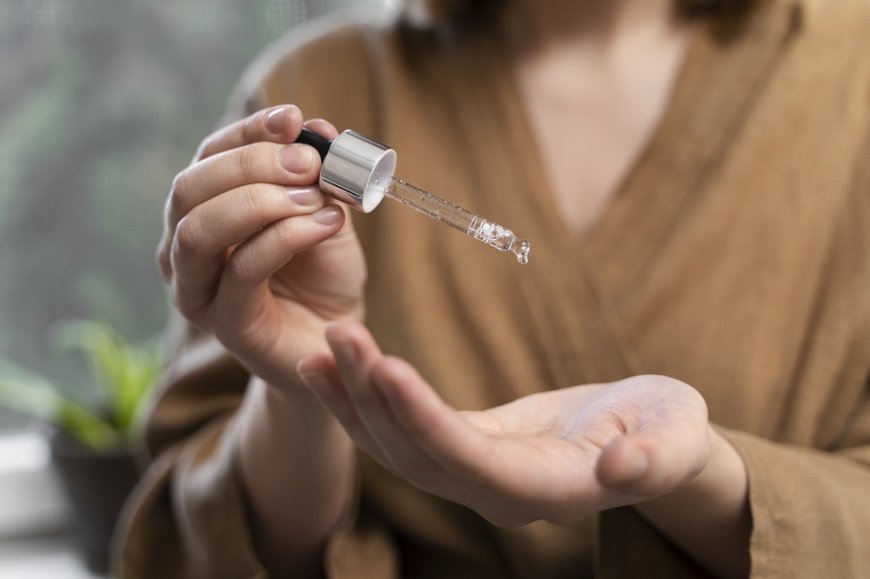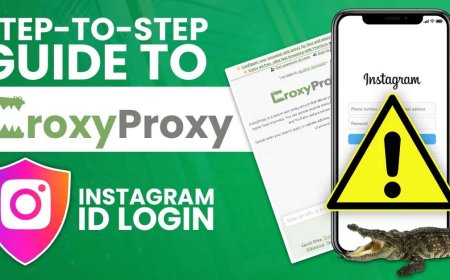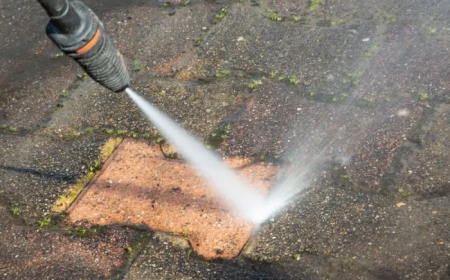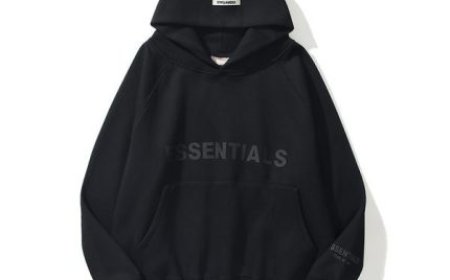Decoding Phenoxyethanol: Safety, Myths, and Facts in Skincare
Its primary function? Preventing microbial growth—such as bacteria, mold, and yeast—in water-based products. Without preservatives like phenoxyethanol, your favorite lotion or serum could become contaminated within weeks.

With the rise of ingredient-conscious consumers and the clean beauty movement, skincare labels are under a microscope like never before. One ingredient often caught in the middle of praise and criticism is phenoxyethanol. As a preservative in everything from moisturizers to makeup, phenoxyethanol has become a buzzwordand sometimes, a buzzkill.
So, what is phenoxyethanol? Is it safe? Are the concerns youve heard grounded in science or fueled by fear? In this guide, were decoding phenoxyethanol by laying out verified facts, debunking common myths, and addressing its safety in skincare.
What Is Phenoxyethanol?
Phenoxyethanol is a synthetic preservative widely used in cosmetics and personal care products. Though it occurs in trace amounts naturally (like in green tea), commercial skincare relies on a lab-made version. It appears as a clear, oily liquid and has a mild, floral odor.
Its primary function? Preventing microbial growthsuch as bacteria, mold, and yeastin water-based products. Without preservatives like phenoxyethanol, your favorite lotion or serum could become contaminated within weeks.
Why Is Phenoxyethanol Used in Skincare?
When a skincare product contains water, it becomes vulnerable to microbial contamination. Thats where phenoxyethanol for skin preservation comes in. It helps:
-
Prevent product spoilage
-
Prolong shelf life
-
Maintain product safety
-
Ensure formula stability
Phenoxyethanol is often favored over older preservatives like parabens and formaldehyde releasers, which have raised more safety concerns over time.
Youll find it in:
-
Moisturizers and lotions
-
Serums and eye creams
-
Makeup and sunscreens
-
Shampoos and cleansers
-
Baby wipes and some infant products
How Safe Is Phenoxyethanol?
? Scientifically Proven Safe (In Small Amounts)
Regulatory bodies around the world have reviewed the safety of phenoxyethanol and approved its use:
-
EU Cosmetic Regulation Permits phenoxyethanol up to 1% concentration
-
US FDA Allows its use in cosmetics and over-the-counter products
-
Cosmetic Ingredient Review (CIR) Concluded it is safe up to 1% in leave-on and rinse-off products
Most reputable skincare brands keep phenoxyethanol levels well below 1%, ensuring safety for the majority of users.
Myth vs. Fact: Phenoxyethanol Edition
Lets address the common myths and compare them to the facts.
Myth #1: Phenoxyethanol is a Paraben
Fact: Phenoxyethanol is not a paraben. It belongs to a completely different chemical class and does not exhibit estrogen-mimicking behavior, which was the concern surrounding parabens.
Myth #2: Its Highly Toxic
Fact: Like many substances, dose makes the poison. In high doses (above cosmetic limits), phenoxyethanol can be harmful. However, in regulated amounts under 1%, it has shown no evidence of long-term health risks in humans when applied topically.
Myth #3: It Causes Hormonal Disruption
Fact: There is no scientific evidence showing that phenoxyethanol causes endocrine disruption in humans. This confusion likely stems from grouping all synthetic preservatives together, which is misleading.
Myth #4: It Should Be Avoided in All Baby Products
Fact: The FDA issued a caution about phenoxyethanol in nipple creams due to oral ingestion risks. But topical use in properly formulated baby wipes or lotions is considered safe. Still, many baby care brands now avoid it to err on the side of caution.
Phenoxyethanol for Skin: Who Should Be Cautious?
While phenoxyethanol is generally safe, a small percentage of users may experience sensitivity, especially if they have:
-
Eczema or rosacea
-
Broken or inflamed skin barriers
-
Multiple preservatives in their skincare routine
-
A known allergy to phenoxyethanol
Symptoms of a reaction could include:
-
Itching or burning
-
Mild rash or redness
-
Tightness or irritation
To avoid issues:
-
Do a patch test with any new product
-
Avoid layering too many products containing preservatives
-
Choose minimalist or hypoallergenic formulas
Phenoxyethanol vs. Other Preservatives
How does phenoxyethanol compare to its alternatives?
| Preservative | Common Concerns | Phenoxyethanol Advantage |
|---|---|---|
| Parabens | Endocrine disruption | Paraben-free, less controversial |
| Formaldehyde releasers | Carcinogenic risk | Doesnt release formaldehyde |
| Methylisothiazolinone (MIT) | High allergenicity | Far less likely to cause contact dermatitis |
| Natural preservatives | Less effective, unstable | Phenoxyethanol offers longer shelf life and stability |
In short, phenoxyethanol offers a balanced safety-to-effectiveness ratio that many formulators and dermatologists trust.
Environmental Considerations
Though safe for human use, phenoxyethanol is synthetic and not biodegradable. There is concern about its accumulation in aquatic environments. For eco-conscious consumers, this could be a deciding factor when choosing more sustainable skincare.
Natural Alternatives to Phenoxyethanol
If you prefer plant-derived or preservative-free options, here are some alternatives:
| Natural Preservative | Source | Pros | Cons |
|---|---|---|---|
| Leuconostoc/Radish Root Ferment | Fermented radish | Gentle, antimicrobial | Less stable, short shelf life |
| Sodium Benzoate | Benzoic acid | Mild and safe | Requires correct pH |
| Gluconolactone | Fermented sugar | Moisturizing and stable | Often used with other preservatives |
| Essential oil blends | Herbs and spices | Natural antimicrobial | Risk of skin irritation in sensitive users |
Note: Natural doesn't always mean gentler or better. Many natural preservatives are less effective, require refrigeration, or spoil quickly.
How to Find Phenoxyethanol on Ingredient Labels
Want to know if your skincare contains phenoxyethanol? Look at the INCI list (International Nomenclature of Cosmetic Ingredients) on the back label. Its often listed toward the end, indicating its used in low concentrations.
Some products may also list ethylhexylglycerina booster that enhances phenoxyethanols preservative function.
Tips for Safe Use of Phenoxyethanol in Skincare
To use phenoxyethanol safely and smartly:
-
? Choose reputable brands They follow strict regulatory limits.
-
? Patch test new products Especially if you have sensitive skin.
-
? Avoid over-layering Dont overload your routine with preservatives.
-
? Monitor your skin Discontinue use if irritation occurs.
-
? Avoid applying on wounds Preservatives can penetrate more easily through broken skin.
Final Thoughts: Should You Avoid Phenoxyethanol?
If you're a typical skincare user with no specific allergies or sensitivities, theres no compelling reason to avoid phenoxyethanol. It plays a crucial role in keeping your skincare safe, shelf-stable, and free from harmful microbes.
That said, if you're committed to a natural or minimalist approachor have a reactive skin conditionit's okay to seek alternatives.



































